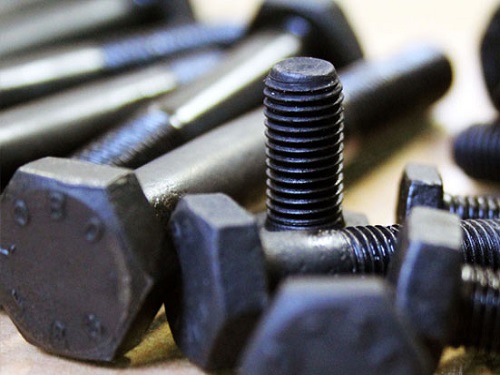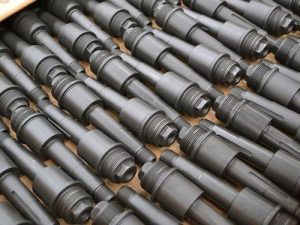Phosphating
Phosphating is a chemical surface treatment method in which a metallic surface reacts with an aqueous phosphate solution. Phosphating is a type of conversion coating applied to steel and iron components. It is often utilized as a pre-treatment step before providing corrosion protection.
Phosphate coatings are usually applied to carbon steel, low-alloy steel and cast iron. The coating is formed with a solution of iron, zinc or manganese phosphate salts in phosphoric acid, and is applied by immersing the substrate into the solution.
Corrosion Protection
Wear Resistance
Modifying Electrical Conductivity
Improved Adhesion
Friction Modification
Aesthetics
There are three common types of phosphating:

Manganese Phosphating

Zinc Phosphating

Iron Phosphating
Advantages of Phosphating:
- Corrosion Protection
- Helps in cold-forming process
- Improves anti-friction properties
- Enhances the adherence for subsequent painting and coating.
Typical Application for Phosphating:
Phosphating is commonly used on steel and iron components, but can also be applied to elements made of zinc or other non-ferrous metals. It offers benefits such as corrosion protection, reduced wear, improved adhesion, and electrical insulation. Since the phosphate layer produces adheres very well, it is often used as a substrate for coatings.
We specialise in designing and manufacturing NADCAP-approved surface finishing plants for a range of chemical processes:
Anodizing
Hard Chrome Plating
Zinc/Nickel Plating
Cadmium Plating
Electroless Nickel Plating
Passivation
Types of Plants
Rack Plant
Types of Plants
Barrel Plant
Types of Plants
Rack-Barrel Combination